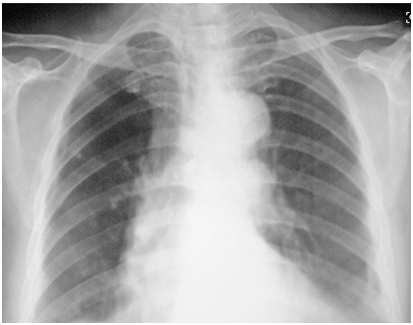Qfix releases new motion control system for abdomen/thorax
August 2, 2017
Source: medicaldevice-network.com
 720
720

US-based medical devices maker Qfix has introduced its new ZiFix Abdominal/Thoracic Motion Control System designed to stimulate shallow breathing for the management of internal body motion caused due to respiration.
According to certain reports, appropriate motion management in radiotherapy is required to avoid underdosage for tumours, and overdosage for surrounding healthy tissues.
In the context of diagnostic imaging, undesirable movements can be caused due to respiration and might hinder proper CT and MRI scanning of these body parts.
Developed to address such concerns, ZiFix maintains the pressure on the diaphragm to suppress tumour and organ motion during radiotherapy treatment and diagnostic imaging.
A compression paddle designed for adaption to a patient’s anatomy is included in the new motion control system to improve patient comfort, compliance and clinical outcomes.
"ZiFix maintains the pressure on the diaphragm to suppress tumour and organ motion during radiotherapy treatment and diagnostic imaging."
Qfix CEO and chief technology officer Dan Coppens said: "ZiFix is ideal for radiology applications as well, due to its ability to stabilise internal motion and provide CT and MR images without artifacting.”
Intended for independent use as well as in combination with different positioning and immobilisation devices, the ZiFix system is claimed to be suitable for any treatment modality and imaging system such as MRI environments up to 3T.
Qfix discovers, develops and commercialises technology based solutions for radiotherapy patient positioning.
The firm’s portfolio includes a variety of products such as couch tops, CT overlays, stereotactic body radiation therapy (SBRT), intracranial, and head and neck treatments. It also involves simulation, diagnostic imaging and treatment devices for the breast and torso.
By editorRead more on
- Drugdu.com’s 4 most Popular Veterinary APIs and Veterinary medicine Suppliers September 6, 2018
- 4 Pharmaceutical Machinery Packaging and Materials Suppliers September 6, 2018
- 3 ENT Equipment and Medical Anaesthesia Equipment Suppliers September 6, 2018
- Need Natural Plant Extracts? Here are 4 Suppliers! September 6, 2018
- Healthcare Products & Food Additives Suppliers for International Companies September 6, 2018
your submission has already been received.
OK
Subscribe
Please enter a valid Email address!
Submit
The most relevant industry news & insight will be sent to you every two weeks.



